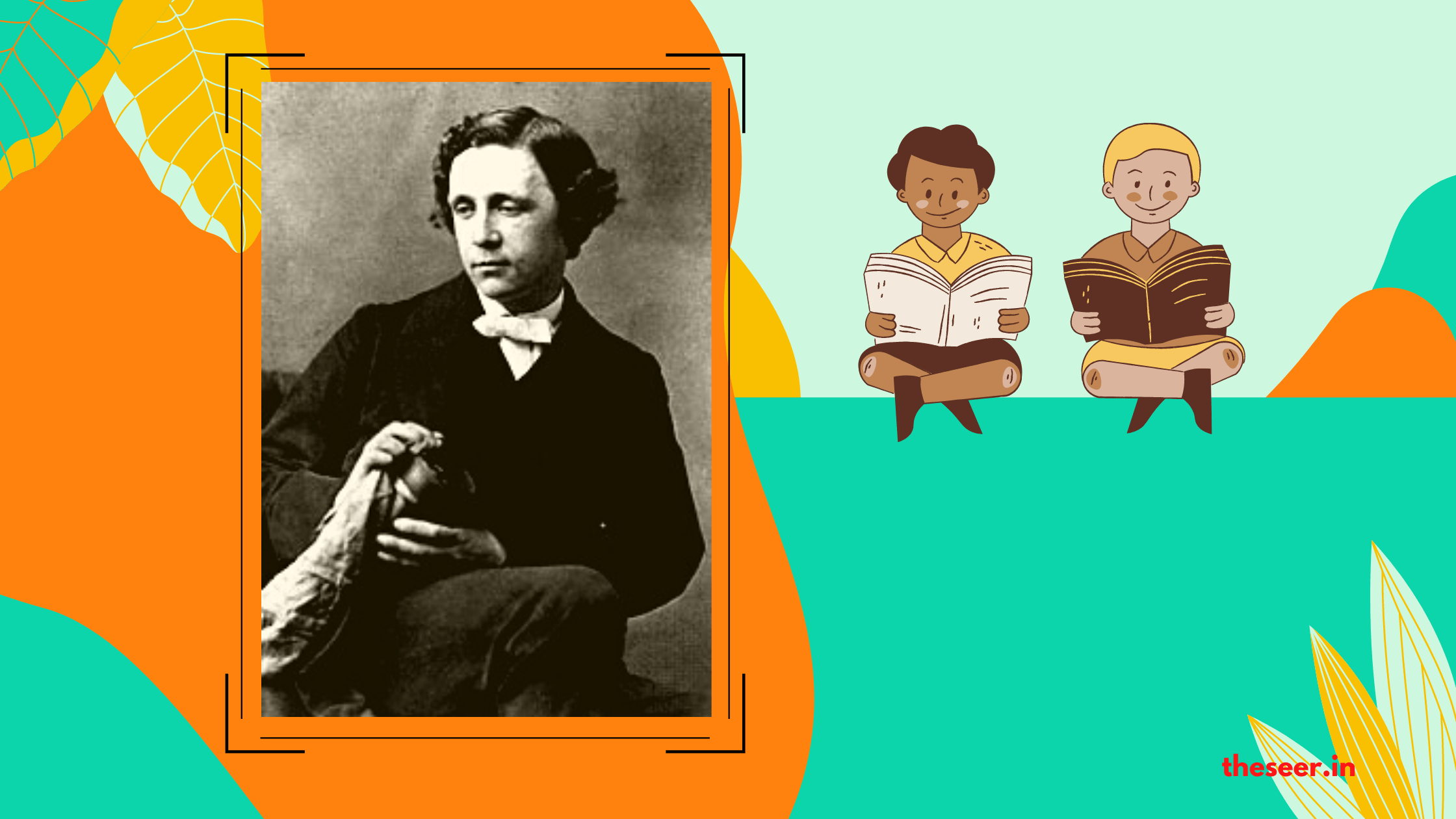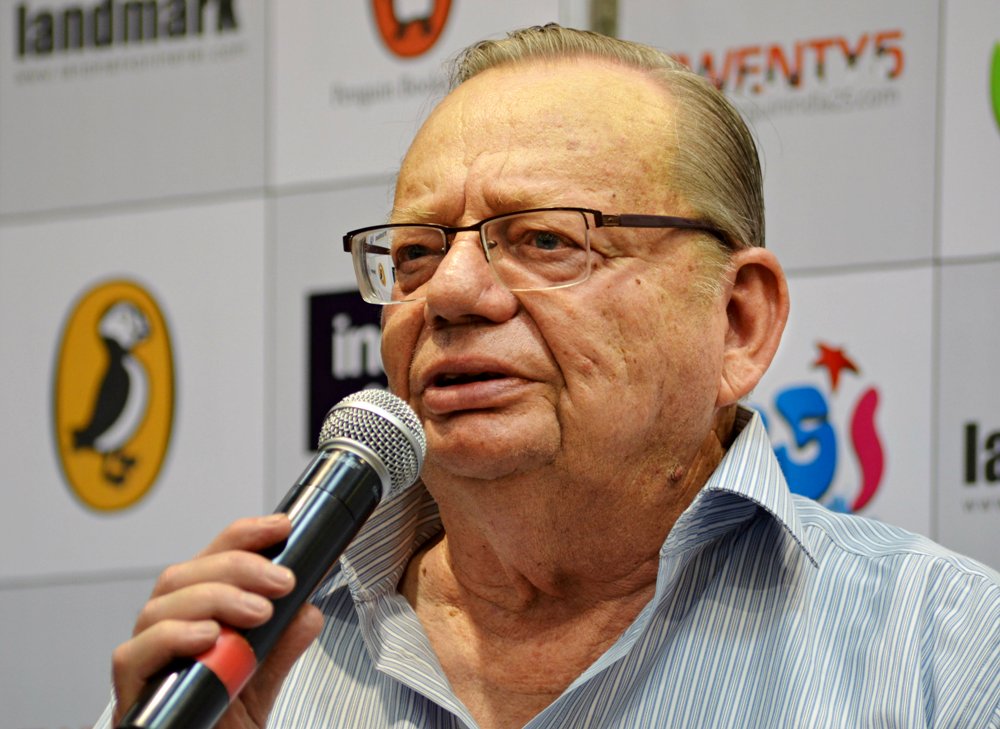There are a handful of books that every child is made to read during their growing-up years. For parents, syllabus committees and English teachers, they are akin to an instruction manual which they hope will instill a love for reading in children and strengthen their grasp over the English language. Popular inclusions in the list include Secret Seven, Famous Five, Chronicles of Narnia, Wind in the Willows and Lewis Carroll’s gem, Alice in Wonderland. Unfortunately, irrespective of whether the same children grow up to enjoy fiction, one hardly ever returns to these books because they are relegated as writing for kids. So, when I found that January 27th marked the 189th birth anniversary of Lewis Carroll, I tried hard to remember what his writing was about.
Apart from glimpses of Cheshire Cat’s smile and few stray anecdotes from Alice in Wonderland, everything else was a blur. So, while going through Carroll’s Wikipedia page, I was completely caught off-guard by the sheer expanse of his genius that even the most avid reader has ignored because once again “he’s not for grownups”. Not only was he a master of wordplay, puns, and imagery, but he was also a proof that science and arts can merge beautifully without emitting a pungent smell of discord. His writing floats lightheartedly on the confluence of mathematics and language.
Born as Charles Lutwidge Dodgson, Lewis Carroll led a fascinating life in which he donned many hats; each contributed to his fine sense of nonsense, rhyme, and lush imagery. Carroll exhibited an immense liking and strong talent for mathematics, cyphers, chess and puzzles, culminating in his lifelong studentship in mathematics at Christ Church, Oxford. His deeply analytical tendencies percolated into his creatives, rhyme scheme, labyrinthine landscapes and highly stylised verses with hidden clues. In short, Lewis Carroll being tied down by the burden of being “a children’s author” is probably one of the worst sins a literary academic could commit.
In fact, when Martin Gardner approached publishing houses for commissioning a version of Alice in Wonderland that contained scholarly notes, they were quick to dismiss his idea. No one does all this for a children’s book. Gardner went on to author The Universe in a Handkerchief, a comprehensive volume delving deep into the works of Lewis Carroll; from his popular fiction down to his puzzles and letters. It is an excellent book, and I recommend it highly just so that we can acquaint ourselves to the genius we have missed out upon.
As standard with most fabulous creators, Carroll was mostly associated with one of his many dazzling creations. Of course, its Alice in Wonderland. But many remain blissfully unaware of his pioneering contribution to the criminally underrated world of nonsense verse. Edward Lear and Lewis Carroll were the earliest proponents of this form of writing. In India, Sukumar Ray’s (father of Satyajit Ray) Abol Tabol is the nonsense poetry handbook for Bengali children. Every child is acquainted with Bombagorer Raja (The King of Bombagor) who did absurd things like frame dried mangoes while his crazy Aunt chased pumpkins with a bat.
Carroll’s Jabberwocky is one of the most refined examples of nonsense verse appearing in Through the Looking Glass. It is a ballad, a good versus evil story but primarily remembered for its funky language and unique visual and sonic quality. In the poem, a father warns his son of three vicious monsters: the Jabberwock, the Jubjub Bird and the Bandersnatch. It is a concise poem, about 28 lines, and you can see why it is handy to instill dread in children. When we are kids, we are told of many unnamed monsters who are out there. They wait for kids to misbehave or not finish their food, and then they’ll appear. For most of our lives, these monsters remain faceless, just like Jabberwocky and its evil partners. The feeling of fear comes because we don’t know why we have to be scared of the Jabberwocky, Jubjub Bird and Bandersnatch or what they do that makes them vicious. Typical to Carroll’s storytelling, he uses unknown words like galumphing, vorpal, mome raths and borograves.
Another favourite, particularly in schools, is Caroll’s The Walrus and the Carpenter. The poem is a mix of narrative and nonsense; about a walrus and carpenter who lures oysters into a conversation and then eats them all. It’s a funny, absurd poem full of outlandish settings where the sun and moon are in the sky simultaneously, and oysters wore shoes although they had no feet. The Walrus and the Carpenter hugely inspired culture and wild interpretations. A faction believes that they represent Buddha and Jesus Christ. Others thought that they stood for the United Kingdom and the United States of America. Of course, Martin Gardner rubbishes both sections. The poem did appear in iconic pop culture references. Beatles’ I am the Walrus refers to the poem. Much later, Lennon regretted doing so because he hadn’t realised that the walrus was the antagonist. Lines have been quoted in Dr Who, Ayn Rand’s Fountainhead and Agatha Christie’s The Clocks.
It would not be a complete discussion if we didn’t touch upon Alice in Wonderland, the book that catapulted Carroll into fame that lasted across centuries. This book and its sequel Through the Looking Glass are swarming with banter, math, puzzles, and paradoxes. The narrative is full of riddles. Everyone must vaguely recollect the Mad Hatter’s famous “Why is a raven like a writing desk?”.
Interestingly, Carroll admitted that he too had no answer to the riddle when he wrote it. The puzzle perplexed many, including Aldous Huxley. In the later versions, the answer was included. According to Carroll, “Because it can produce a few notes, tho they are very flat; and it is nevar put with the wrong end in the front.” Notice how he misspells nevar as a rearrangement of the word raven. His narratives frequently included acrostic poems, a writing style in which every stanza provides clues to a particular word.
The fact that we know so little about Lewis Carroll stands testament to the systematic marginalisation of children’s fiction as just for children. Several other books suffer the same fate of not being taken seriously because their central readership continues to be kids. Whether its Wind in the Willows or Gulliver’s Travels, we do tend never to revisit the books we’ve read and loved even if fiction, reality, and language were just half-baked concepts in our innocent minds. Somedays, it is imperative that we stop to thank the authors who we’ve perhaps given fame but not enough credit for shaping our imagination.
Lewis Carroll, thank you for normalising the weird. Thank you for providing children in every house of the world a rabbit hole to jump into and explore in their dreams.




